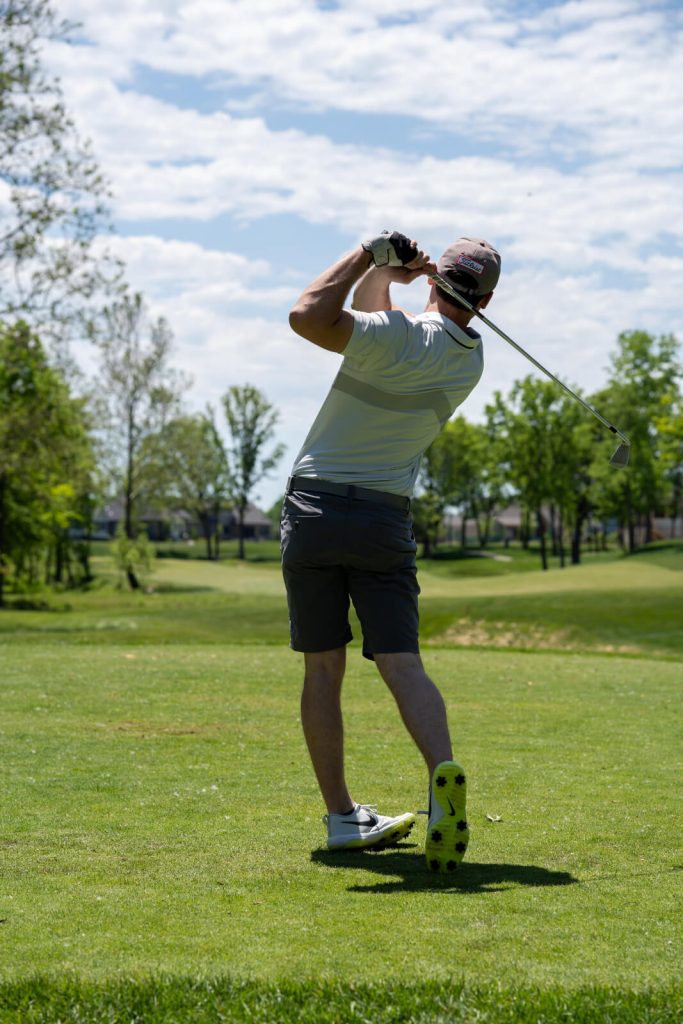Elbow pain, most commonly caused by “golfer’s elbow” (medial epicondylitis) or “tennis elbow”, (lateral epicondylitis) is often a low-level, nagging pain. Many people avoid addressing it because it’s rarely severe. While severe pain is more disruptive in many ways, having low level pain for years can be exhausting and result in a serious diminishment in quality of life. If you’re avoiding participating in a hobby or taking pain medication to get through work, there is a better way.
A Case Study
Stacey was a woman in her 50s when she first came to see me for tennis elbow. She played tennis 2-3 times per week and had managed the pain reasonably well for over a year, until COVID forced her to work from home.
With the increased screen time and typing, the elbow pain worsened, even while decreasing her tennis playing time. With the pain now affecting her work day, she resolved to do something about it.
She came to see me for an evaluation and I did an exam and ultrasound imaging in-office showing swelling of the involved tendon, the common extensor tendon. I was then able to do an ultrasound guided injection of platelet rich plasma (PRP) into the area of concern the same day.
Stacey followed up with me 4 weeks later and was 70% improved. I did a second injection and she continued at-home exercises.
At the third visit Stacey was 90% improved and the ultrasound no longer showed any swelling in the tendon. We decided to do a third treatment, which fully resolved the pain while still playing tennis and working full time.

The Scientific Literature on Elbow Pain
This is a fairly typical response for both tennis elbow and golfer’s elbow. The scientific literature backs up this clinical observation. A recent study of 84 patients showed that PRP injections resulted in improvement in 87% of patients and reduced the need for surgery by 77%. In a study of golfer’s elbow, PRP injection led to a return to full function and resolution of pain in less than half the time compared to surgery (45 days vs 100 days on average). In a meta-analysis of over 8600 patients comparing PRP to corticosteroid injection, PRP had significantly better outcomes over the intermediate and long term– meaning it led to resolution of the problem instead of just covering it up.
Now Is The Time
Like many uses for regenerative medicine, most people simply do not know there is a better option available for elbow pain. Physical therapy works great when done diligently and early enough in the disease process. Epicondylitis elbow bands are also helpful for managing pain through activity. However, often these measures are not enough. PRP has emerged as a preferred treatment to cure the issue within a minimal number of treatments and within a short time frame. Do not allow nagging pain to slowly narrow down your favorite activities. Schedule today and be pain free soon!
References
- Hastie G, Soufi M, Wilson J, Roy B. Platelet rich plasma injections for lateral epicondylitis of the elbow reduce the need for surgical intervention. J Orthop. 2018;15(1):239-241.
- Bohlen HL, Schwartz ZE, Wu VJ, et al. Platelet-rich plasma is an equal alternative to surgery in the treatment of type 1 medial epicondylitis. Orthopaedic Journal of Sports Medicine. 2020;8(3):2325967120908952.
- Houck DA, Kraeutler MJ, Thornton LB, McCarty EC, Bravman JT. Treatment of lateral epicondylitis with autologous blood, platelet-rich plasma, or corticosteroid injections: a systematic review of overlapping meta-analyses. Orthopaedic Journal of Sports Medicine. 2019;7(3):2325967119831052.
Photos by Moises Alex and Courtney Cook on Unsplash



